I was recently watching a show where the character was lost in the woods and looked for moss growing on a tree so that he could figure out his direction. I had always heard this survival tip but I began to wonder if it was really sound advice or one of those myths that has lingered simply because everyone accepted it as fact.
Thinking some more on the subject, I wondered what other erroneous survival tips were floating around masquerading as truth.
Top Five Survival Myths
After some research, I came up with five survival myths that are perpetuated either because they have been around for so long or because no one ever questions the validity of the statements. Of course, there are many more but these seemed to be the most prevalent myths that could place someone in danger if they didn’t know any better.
1) “Moss always grows on the north side of a tree; therefore, it can serve as a guide for which direction you want to head towards.”
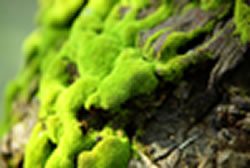
FALSE
Moss can grow on any side of a tree (north, south, east, west) depending on how much moisture it needs and shade. So, if you are lost in the wilderness, it is not a reliable indicator of direction. If you do get lost it’s far better to stay put and wait for help to arrive than blindly walk around expending needed energy. (Keep in mind that you should always let someone know if you are heading out into the wild blue yonder and when you will return)
Don’t count on your cell phone to save you, as they can lose reception or run out of battery. You should also carry a compass and actually know how to use it ahead of time. As a backup method, learn navigation skills including wind direction, sun location, and star locations.
2) Water from natural sources such as rivers and streams is safe to drink.
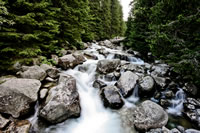
FALSE
Just because you find a natural water source doesn’t mean that the water is safe to drink. In fact, serious illnesses can occur from drinking unpurified water. Lakes, rivers, and streams are full of bacteria, parasites, animal waste, chemical run-off, and other contaminants. All water should be purified through boiling, water purification treatment drops/tabs, or a water filter that eliminates all cysts, viruses, and bacteria.
Always carry a supply of extra water and a portable water filter, as well as purifying drops in the event you find yourself without a clean source of water. This applies whether you are heading into the wild or traveling down the road. It’s easy to keep these supplies in an emergency kit in your car or an everyday carry bag. While you can last three weeks without food, you can only live three days without water.
3) Plants can be a good source of food when you are in the woods or wilderness.
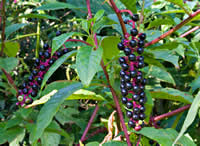
FALSE
This is one of the survival myths that can be the most deadly because there is simply too much room for error unless you are an expert. The number of poisonous plants, berries, and mushrooms far outweighs the number of safe plants and weeds that humans can eat. Identifying safe, wild edibles takes learning, practice, and skill. The potential for some type of plant to poison you or make you sick is quite high, not to mention that wild edibles will likely not be enough sustenance in a survival situation.
To avoid this calamity, always carry an extra food source such as energy bars or ration bars and ideally, you should never go anywhere in the wilderness without carrying enough basic survival supplies for three days, including food and water.
4) Hypothermia only happens in cold weather or winter.

FALSE
This is one of the least thought about survival myths, but one of the most important. Hypothermia can occur in any season, even in the summer. Hikers exposed to a cool summer rain or dense fog can become chilled and lose body heat quickly because it may take several hours to warm up completely. Boaters are at risk due to exposure to cold water temperatures and wearing wet clothes for long periods of time.
To combat hypothermia in any situation, always pack extra dry clothing and a few sturdy Mylar space blankets for warmth. In addition, a small tarp and rope or tube tent can be packed for use as a quick shelter from rain and wind in case of a sudden downpour. Nearly 1300 people die of hypothermia related deaths each year – don’t be one of them.
5) Building your shelter on higher ground will keep you warmer, avoid valleys and lower areas.
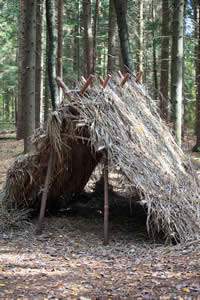
FALSE
Higher elevations also have more exposure to wind and the resulting wind chill, which means that it can actually be several degrees cooler on higher ground. In addition, it’s much harder to build and maintain a fire when the wind carries the heat away from you and burns your fuel faster. Your best bet is to locate your shelter in a dry area protected from the elements, including wind.
Now that you know the truth behind these survival myths, next time you head out into the wild, make sure that you know basic survival skills ahead of time.

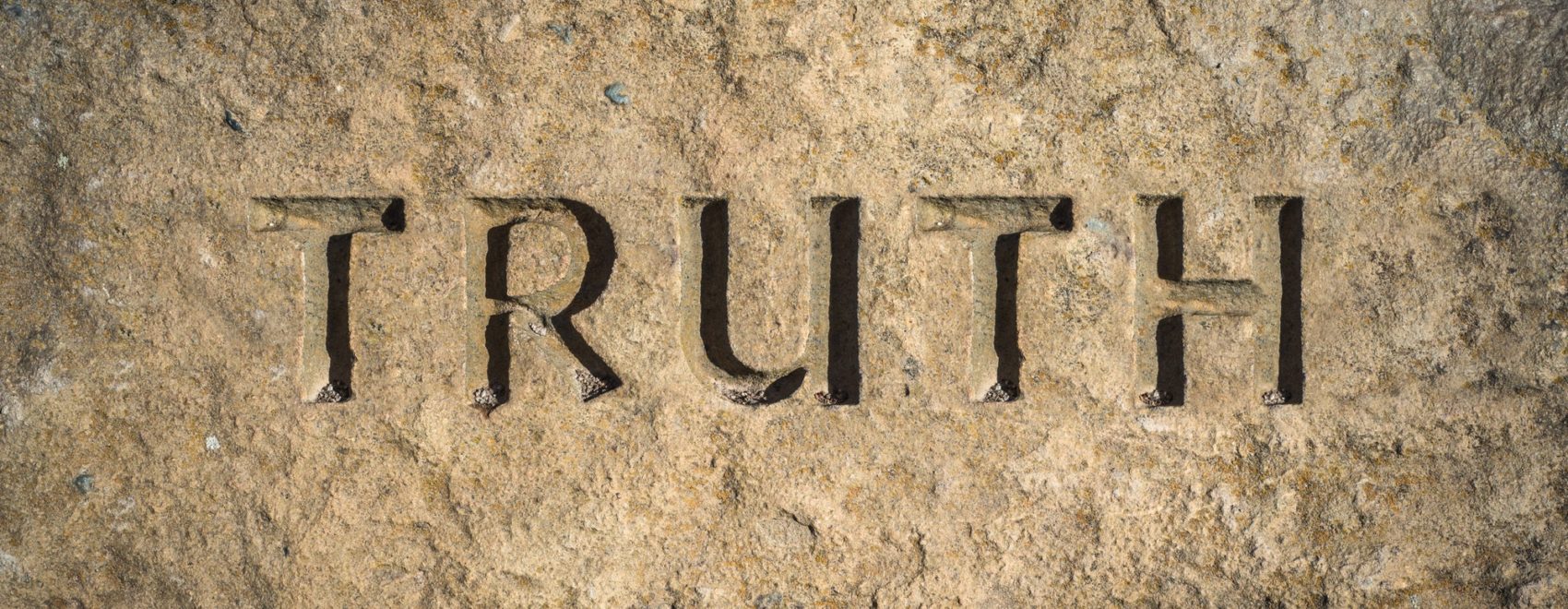
Leave a Reply